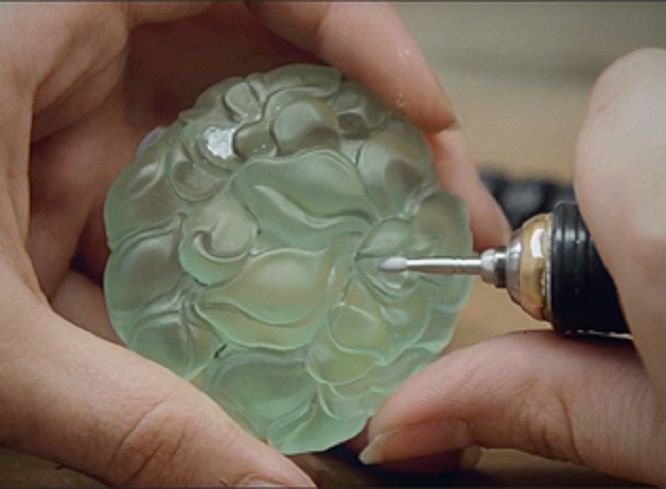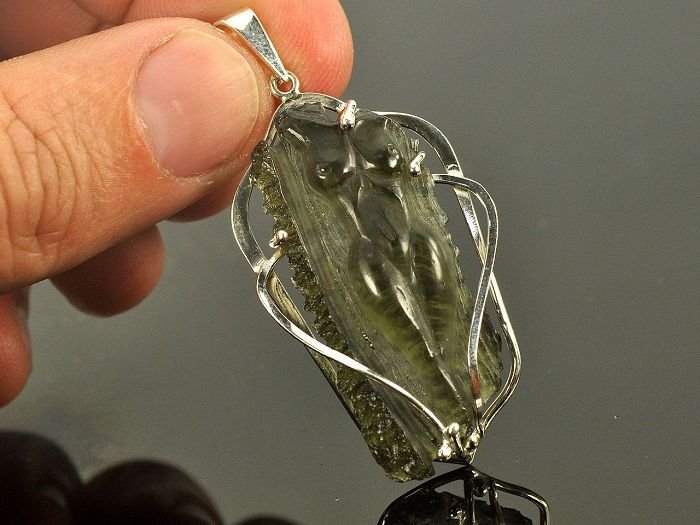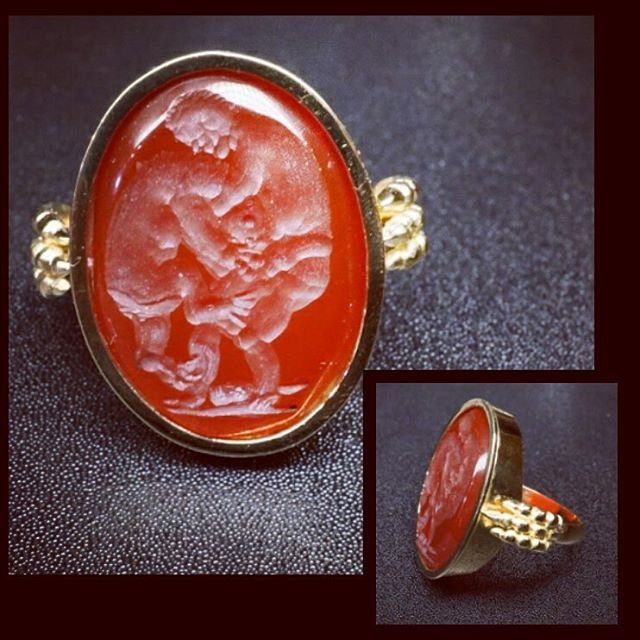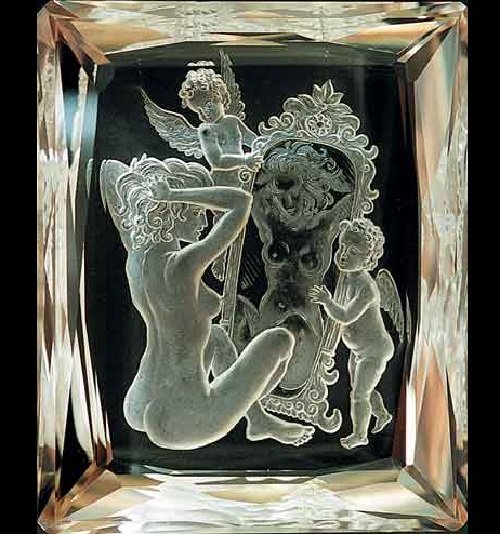
Among the aristocrats of antiquity it was an expression of prestige to have a collection of carved stones. This trend has evolved in jewelery and has long been preserved in later eras. Russian Empress Catherine II, for example, had more than 10,000 gems. The artistic perfection of these jewels is astonishing today. Especially given that this art dates back to the 4th century BC. Thanks to the gems today we know and interpret many stories of history and epic. Alexandria is the birthplace of this art, the city founded in 332 BC. at the outfall of the Nile River by Alexander of Macedon. The gems - these eternal products are divided into two types: indents / concave images / and camels / with convex relief /. There are also cylindrical seals used as a signature by the emperors. At first, the camels were made only from the multicolored sardonyx and jasper, and later they began to carve amethysts, topaz, aquamarines and emeralds. The famous triple-sardonic sapphire is considered one of the best examples of antique glyptics. It is called Kameya Gonzago, in honor of its owner - Marquis Francesco II Gonzágo, a Renaissance patron and ruler of the Italian city of Mantua. For this anaglyph, Rubens himself says: "She is the most beautiful in Europe! ..."

Kamea Gonzágo has a famous story from the history of Europe. When the Habsburgs conquered Mantua, the camel was taken over by the winners of the Prague Hradec. Then, when the Swedish troops captured Prague, it was taken to Stockholm. Since 1648, the anaglyph is in the collection of the Swedish Queen Christina. After Christina's retirement in an Italian monastery where she died, the stone remained in Italy - in the collection of Cardinal D. Aceolino, who sold it to the Odessalki family. Through their heirs, it goes to Pope Pi in VI at the Vatican. In the occupation of Rome in 1798, the French brought it to its homeland. In 1814, Emperor Alexander I dealt noblely with Napoleon's Josephine and his family, and in gratitude they gave him the camel at Malmazon Palace. From that moment on, in Russia, they start to call Kameya Gonzaga with a different name - the "Malmezon's". Legendary is also the story of the Cross of Lothar, on which there is a great camel depicting the Roman Emperor Augustus with a laurel wreath.

On the reverse side of the cross is an engraved image of the crucified Christ, who takes a laurel wreath from the hands of God the Father. The Cross of Lothar was given to the German Emperor Oton III and was kept in the Aachen Cathedral. Indians are the more ancient kind of carvings. Even in antiquity, they cut off the indata on monochromatic stones - mostly stamps. They used different varieties of quartz: mainly serold and red chalcedon. At the moment, the best examples of gems, both indians and camels, can be seen in the museums of Vienna, Paris and St. Petersburg. Thanks to Ekaterina II, the Russian Hermitage has one of the richest collections in the world.

You got a 9.72% upvote from @postpromoter courtesy of @daydreaming!
Want to promote your posts too? Check out the Steem Bot Tracker websitevote for @yabapmatt for witness! for more info. If you would like to support the development of @postpromoter and the bot tracker please
reminiscing the history that was the time when I am studying the lesson that our teacher teach us